Cheyenne The Trap (1955–1963) Online
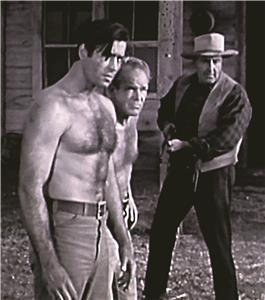
- Original Title :
- The Trap
- Genre :
- TV Episode / Western
- Year :
- 1955–1963
- Directror :
- Walter Doniger
- Cast :
- Clint Walker,Margaret Hayes,Rhodes Reason
- Writer :
- Berne Giler,Leo Gordon
- Type :
- TV Episode
- Time :
- 1h
- Rating :
- 7.8/10
Cheyenne after reading a large sign at the edge of Stagge City which says: "Warning: Gamblers - Drifters - Vagrants and General No Accounts Stay Out" rides into town where everything is owned by Stagge. Immediately the sheriff asks him to come over. He wants to know if Cheyenne is looking for a job and how much money he has. After saying he only has $20, a second man says it is time for a trial as he is the judge and Cheyenne is breaking the law. Cheyenne finds himself in jail for 90 days but the jail doesn't serve food. Therefore, the Stagge mine will pay his fine but he must work at the Stagge silver mine to pay it off along with the local Lee Mitchell who is also arrested. Cheyenne finds himself on a chain gang working in a mine but rumor is no one leaves. Ray Landers is in charge of the miners with gunman Les Shore but Shore is after Landers job and his girlfriend Iris Danner who likes to play men against each other. Cheyenne catches her eye so when Shore kills Landers, she picks ...
| Episode complete credited cast: | |||
| Clint Walker | - | Cheyenne Bodie | |
| Margaret Hayes | - | Iris Danner (as Maggie Hayes) | |
| Rhodes Reason | - | Les Shore | |
| Sally Fraser | - | Virginia Stagge | |
| Louis Jean Heydt | - | Lee Mitchell | |
| Walter Reed | - | Ray Landers | |
| Robert Hover | - | Whitey (as Bob Hover) | |
| Walter Barnes | - | Willie | |
| Kenneth MacDonald | - | Sheriff Gaffey | |
| Carlyle Mitchell | - | Judge Odlum | |
| George Barrows | - | Buck | |
| Ray Flynn | - | Brian Stagge | |
| Larry Johns | - | Old Man |
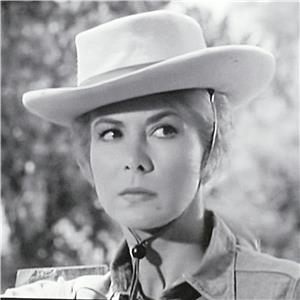
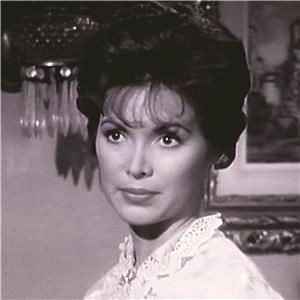
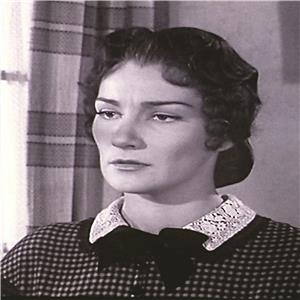
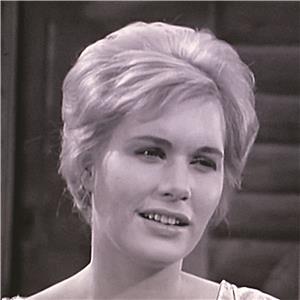

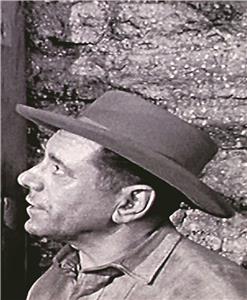
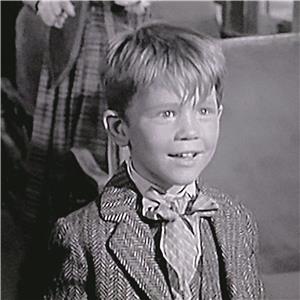
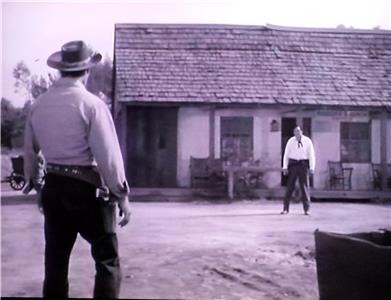
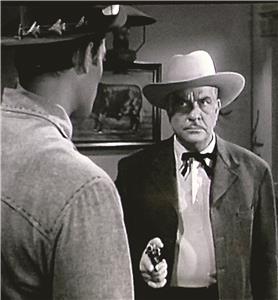
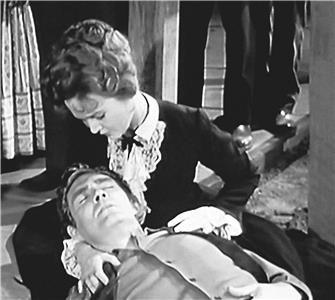
User reviews